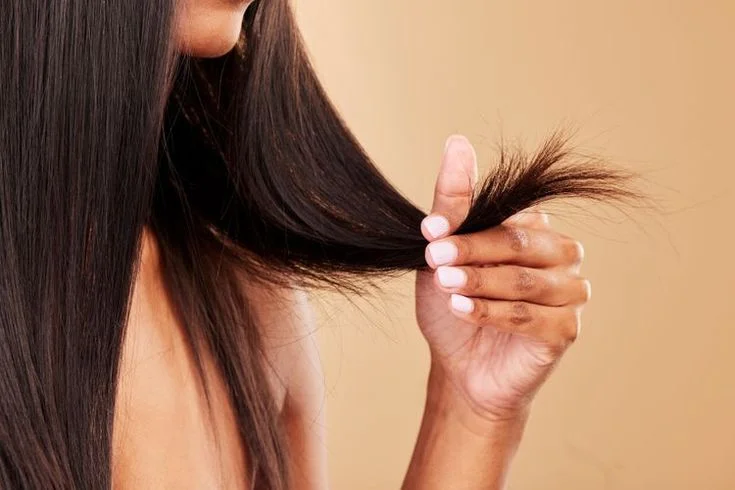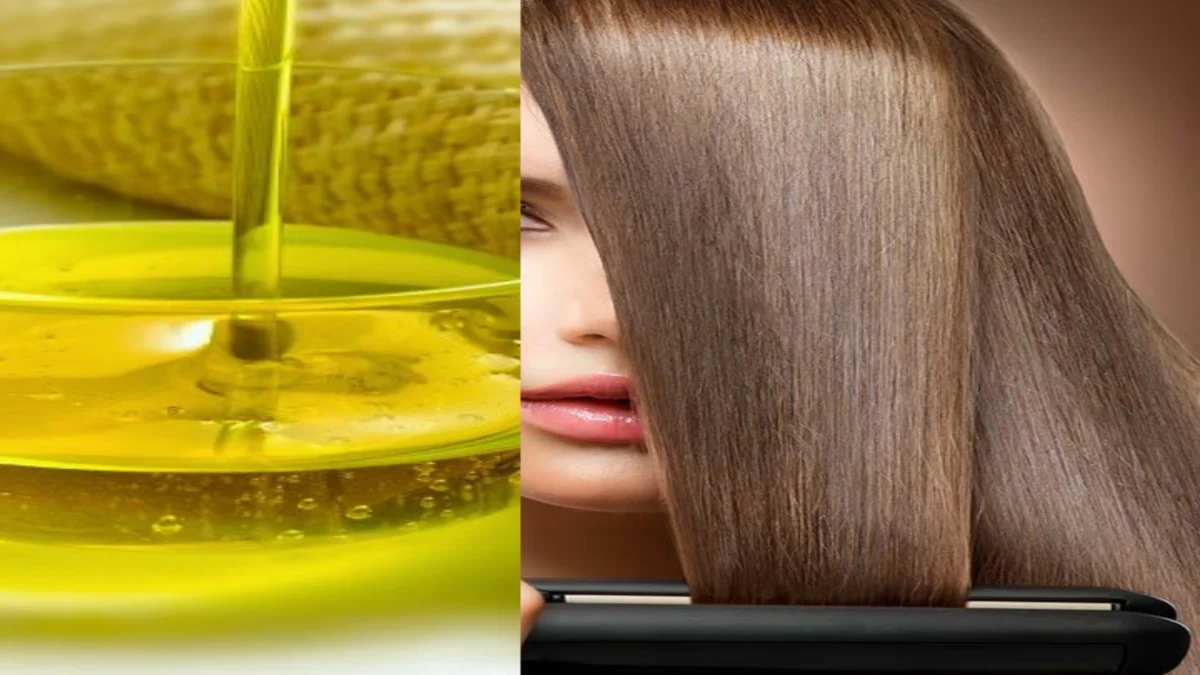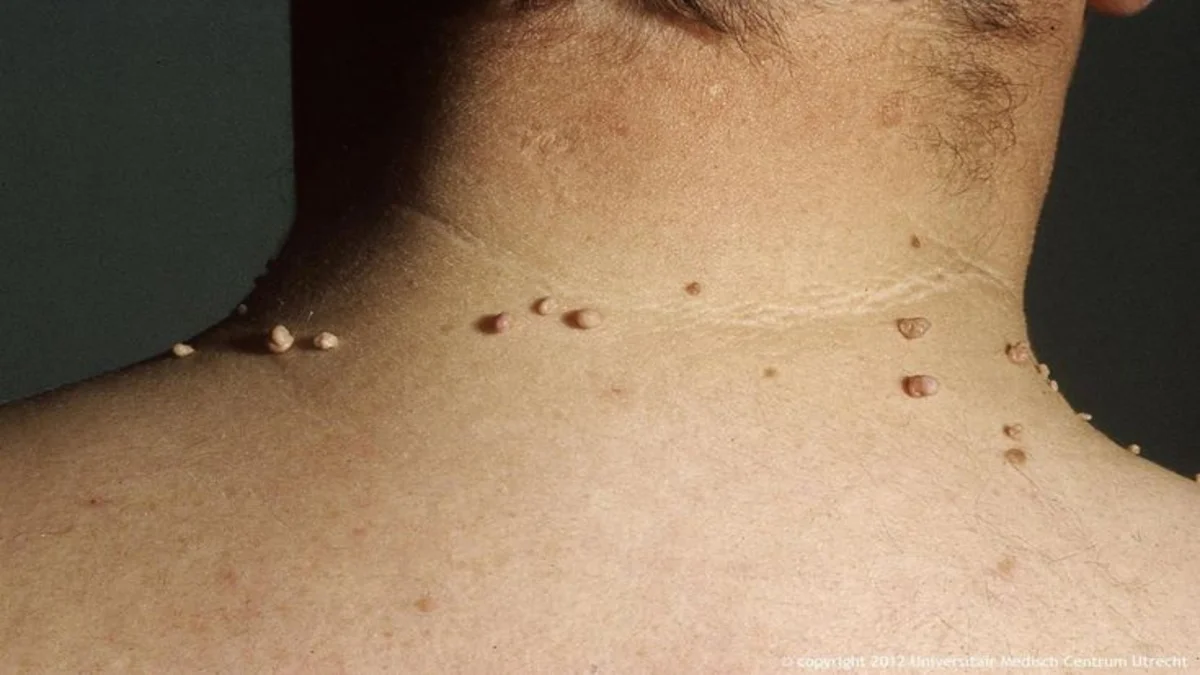Treating harmful hair growth conditions starts with understanding what causes them. Pinpointing the root of the problem is the first step to finding a successful treatment plan.
In this article, we will explain some of the Olive Oil Benefits for Hair: Proven Elixir Tips. We will share some proven ways to use olive oil for hair growth and offer tips on how to get the most out of this rich beauty elixir.
what Olive Oil Benefits for Hair?
Olive oil has been used for centuries for its numerous health and beauty benefits, and it can be particularly beneficial for hair. Here are some potential benefits of using olive oil for hair:
- Moisturizing: Olive oil is rich in monounsaturated fatty acids and vitamin E, which help to moisturize and hydrate the hair. It can be especially beneficial for people with dry or damaged hair.
- Conditioning: Olive oil can act as a natural conditioner, making hair softer and more manageable. It helps to smooth the hair cuticle, reducing frizz and making the hair easier to comb or brush.
- Preventing Split Ends: Regular use of olive oil on the hair can help prevent split ends by keeping the hair well-nourished and moisturized.
- Strengthening: Olive oil contains antioxidants and other nutrients that can help strengthen hair and reduce breakage. This can be particularly useful for those with weak or brittle hair.
- Promoting Shine: The fatty acids in olive oil can add a natural shine to the hair, making it look healthier and more vibrant.
- Reducing Dandruff: Olive oil has antimicrobial properties that may help reduce dandruff and flakiness on the scalp. Massaging warm olive oil into the scalp can also help improve blood circulation.
- Improving Scalp Health: Olive oil can nourish the scalp, promoting a healthy environment for hair growth. A healthy scalp is essential for maintaining strong and vibrant hair.
- UV Protection: The antioxidants in olive oil may provide some protection against damage from the sun’s UV rays.
How to use olive oil for hair?

Experts concur that applying olive oil as a pre-shampoo treatment is the ideal way to incorporate the component into your hair regimen.
Buckett advises using the oil on dry hair, letting it sit for about thirty minutes, and then shampooing and conditioning as usual to remove it. Buckett continues, “Avoid putting olive oil directly on your scalp.” “Instead, work your way up gradually, starting at the ends of your hair.”
Buckett advises using the oil on dry hair, letting it sit for about thirty minutes, and then shampooing and conditioning as usual to remove it. Buckett continues, “Avoid putting olive oil directly on your scalp.” “Instead, work your way up gradually, starting at the ends of your hair.”
Who should use olive oil?
Thick, dry hair is best suited for olive oil. Proponents claim it can maintain strong, moisturized hair. Olive oil tends to make finer hair seem heavier. We just don’t need the conditioning on oily hair or scalps.
processed hair
Hair that has undergone extensive processing, such as bleach, perms, or relaxers, benefits greatly from additional moisture.
Applying olive oil should always wait at least 72 hours following the initial treatment. When using olive oil to bleach hair, test a strand to ensure that the oil doesn’t retain any of its green tints.
split ends

Your hair’s cracked or scorched ends can be smoothed out with the use of olive oil. Apply it to the final two inches of the damaged hair strands.
Keep your hair pinned up to prevent the olive oil from getting on your clothing, even though you’re only treating the ends. Start at the scalp and work the oil through to the ends of your hair to condition it from head to toe.
thick hair

Thick, dry hair is best suited for olive oil. Proponents claim it can maintain strong, moisturized hair. Olive oil tends to make finer hair seem heavier. We just don’t need the conditioning on oily hair or scalps.
How cooking olive oil for hair?
Extra virgin olive oil is superior to cooking olive oil, which is often referred to as ordinary or pure olive oil. It can still be utilized for hair treatment even though it might not be as pure and nutrient-dense as extra virgin olive oil. Here’s how to use olive oil for cooking on your hair:
1. Warm the Olive Oil:
- Transfer enough olive oil for cooking into a bowl that can withstand heat. Your hair’s thickness and length will determine how much.
- You can use a microwave or put the bowl in a larger dish of boiling water to reheat the oil. The oil should be just warm enough to touch, but not hot. Take care not to overheat it.
2. Application:
- To guarantee uniform application, divide your hair into pieces.
- Apply the heated olive oil to your hair using your fingers or a hairbrush, working your way down to the tips. Ensure that every thread is covered.
3. Massage into Scalp:
- Make circular movements while you massage the oil into your scalp. This promotes better blood flow and guarantees that the oil is dispersed uniformly.
4. Cover and Wait:
- To retain heat and improve the conditioning effect, wrap your hair in plastic wrap or a shower cap after applying the oil.
- Allow the oil to permeate and feed your hair and scalp by leaving it on your hair for a minimum of thirty to sixty minutes.
5. Shampoo and Rinse:
- To get rid of the oil, give your hair a thorough shampooing after the allotted period. To make sure that all of the oil is removed, you might need to shampoo twice.
- If necessary, use a conditioner afterward.
6. Optional: Leave-In Treatment:
- You can use a tiny bit of cooking olive oil as a leave-in treatment at the tips of your hair if you have extremely dry hair. This can help with frizz and add additional moisture.
Tips:
- Depending on the length and thickness of your hair, alter the amount of olive oil.
- For extra aroma and possible health advantages, some individuals mix a few drops of essential oils (like lavender or rosemary) with olive oil.
- Before applying olive oil to your hair, do a patch test, particularly if you have allergies or a sensitive scalp.
Disadvantages of olive oil on hair
While olive oil is generally considered beneficial for hair, there are a few potential disadvantages or considerations to keep in mind:
- Weight and Greasiness:
- Because olive oil is a heavier oil, overusing it can make the hair appear oily and weighed down. This is particularly valid for people with thin or fine hair.
- Difficulty in Washing Out:
- It can be difficult to fully remove olive oil. If not completely rinsed, it could leave behind a residue that attracts dirt and makes the hair seem oily.
- Allergic Reactions:
- Some people may have allergies to ingredients in olive oil, which might cause allergic responses or irritate their scalps. It is best to do a patch test before using large amounts of olive oil.
- Not Suitable for All Hair Types:
- Olive oil’s moisturizing qualities are beneficial to many, although not everyone may benefit from it. It may aggravate oiliness in those whose hair is naturally oily.
- Not Ideal for Protein-Sensitive Hair:
- There is hardly much protein in olive oil. Using too much olive oil might cause breakage and stiffness if your hair is overburdened with protein or if it is sensitive to protein.
- May Alter Hair Color:
- Regular use of olive oil may cause dyed or chemically treated hair to lose some of its color. Before using olive oil on colored hair, it is best to speak with your hair colorist.
- May Not Penetrate the Hair Shaft:
- Olive oil can add gloss and hydration to the outside of the hair, but it cannot get within the hair shaft very well. Other therapies using smaller molecules might work better for deep conditioning.
- Potential for Rancidity:
- Like any oil, olive oil might eventually go rancid. Make sure the olive oil is fresh and keep it in a cold, dark area.
- May Attract Dirt and Dust:
- Due to its heavier nature, olive oil may attract dust and environmental particles, leading to a less clean appearance.
- Individual Variability:
- Because everyone has different hair kinds, what suits one person may not suit another as well. It’s critical to observe how olive oil affects your hair and modify your usage accordingly.
Even with these possible drawbacks, a lot of people still think that, when used sparingly and according to their individual needs and hair type, olive oil is a useful addition to their hair care regimen.
As with any hair product, it’s important to monitor your hair’s reaction and modify it as necessary. Consider seeking individualized counsel from a dermatologist or hair care specialist if you have any questions or concerns about any particular conditions.
olive oil for hair Vs. coconut oil
| Aspect | Olive Oil | Coconut Oil |
|---|---|---|
| Source | Extracted from olives | Extracted from coconut meat |
| Composition | Rich in monounsaturated fats, vitamin E, antioxidants | Rich in saturated fats, particularly lauric acid, vitamin E, and antioxidants |
| Consistency | Heavier, may feel greasier on the hair | Lighter, absorbs easily without feeling heavy |
| Moisturizing | Effective moisturizer, especially for dry hair | Excellent moisturizer, penetrates hair shaft easily |
| Protein Content | Contains a small amount of protein | Does not contain significant protein |
| Fragrance | Mild, characteristic olive scent | Light, pleasant coconut aroma |
| Penetration | May not penetrate the hair shaft as effectively | Excellent moisturizer penetrates hair shaft easily |
| Hair Types | Suitable for most hair types, especially dry or damaged hair | Suitable for all hair types, particularly beneficial for dry and frizzy hair |
| Scalp Health | Can be heavy, and may weigh down fine or thin hair | Has antimicrobial properties, beneficial for scalp health |
| Weight on Hair | Easily penetrates the hair shaft, providing deep conditioning | Light, suitable for all hair types |
| Washability | Can be challenging to wash out completely | Washes out relatively easily |
| Allergic Reactions | May cause allergic reactions in some individuals | Generally well-tolerated, but patch testing is recommended |
| Color-Treated Hair | May slightly alter hair color over time | Generally safe for color-treated hair, but individual reactions may vary |
| Versatility | Suitable for both hair and skin care | Suitable for hair, skin, and cooking |
| Shelf Life | Stable, but may become rancid over time | Stable, with a longer shelf life |





